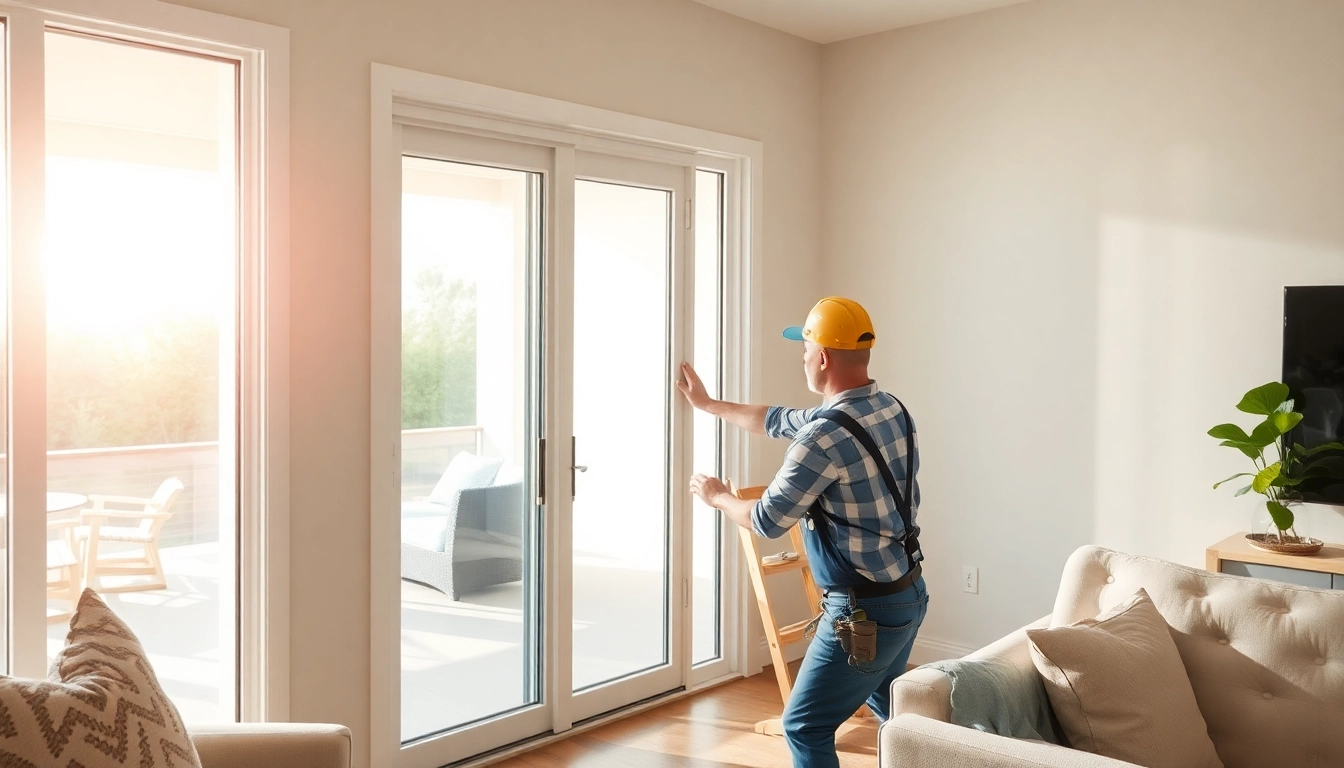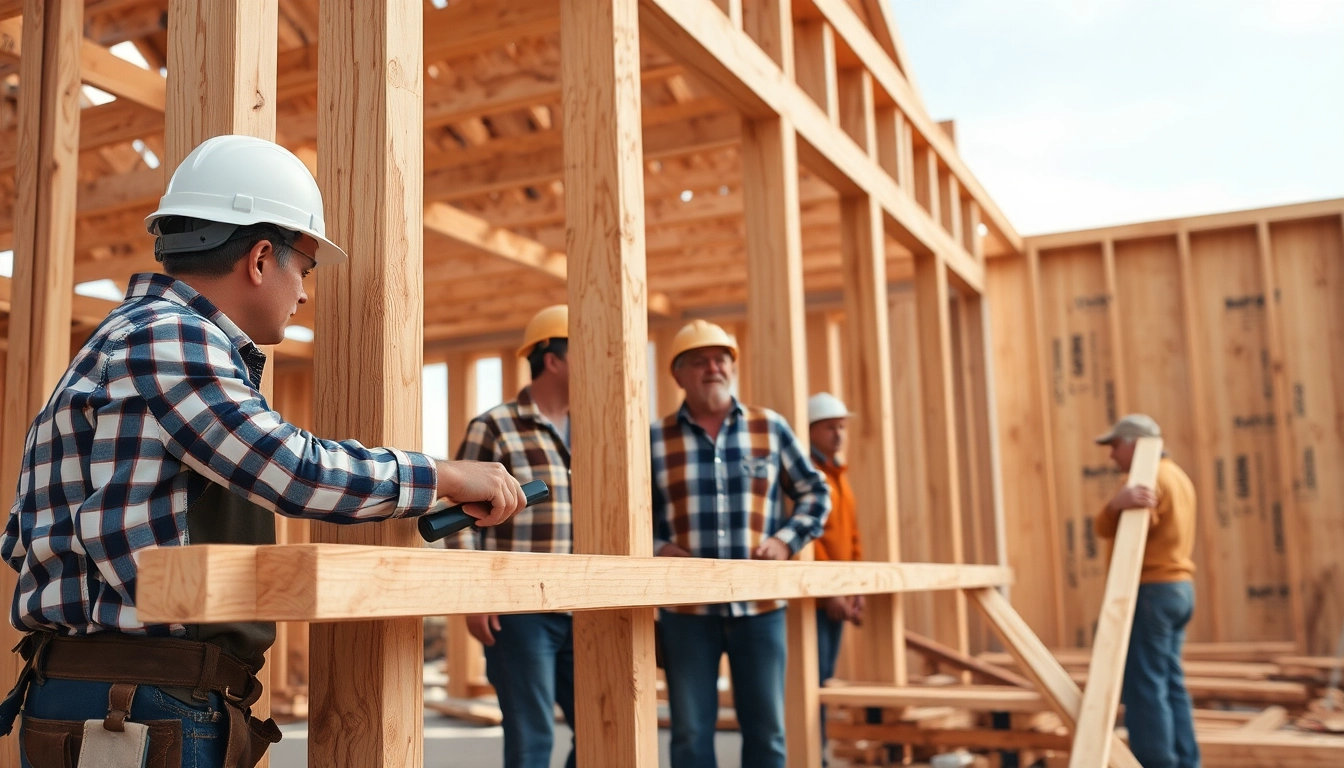In Indianapolis, upgrading exterior doors is about more than curb appeal; it’s a strategic enhancement of comfort, security, and energy efficiency. Modern Day Window and Door offers a comprehensive approach to door sales, designed to fit every home style and budget while keeping the project straightforward from start to finish. For homeowners ready to begin, our door sales resources guide you through product options, planning, and installation considerations. To explore a practical starting point for this upgrade, you can learn how to replace a sliding glass door in a way that aligns with your home’s architecture and daily lifestyle.
Replace a sliding glass door: fundamentals and planning
Why homeowners choose to replace a sliding glass door
Replacing a sliding glass door delivers immediate benefits: improved insulation, reduced drafts, and enhanced security thanks to modern locking mechanisms. New doors also offer better energy performance with low-emissivity (Low-E) glass and advanced frame materials that minimize heat transfer. Beyond efficiency, a door upgrade can refresh your interior flow, maximize natural light, and elevate the exterior aesthetic with contemporary trims, hardware, and color options. For homes in Indianapolis facing seasonal temperature swings, a properly chosen door helps maintain comfortable indoor zones while reducing heating and cooling costs over time.
Key steps to replace a sliding glass door
The replacement process centers on precision and preparation. Start with accurate measurements of the rough opening, accounting for framing, sill height, and threshold alignment. Next, select a door that matches your preferred material, insulation level, and hardwareFinish. Removing the old unit and preparing the frame involves cleaning the opening, addressing any moisture damage, and ensuring a square, plumb, and level surface. Finally, install the new door with proper sealing and weatherproofing, followed by trim, interior finishes, and a final performance check for operation, locking integrity, and weatherstripping. Working with a trusted partner can streamline this sequence and reduce on-site surprises.
Budget, timing, and permits for door replacement
Cost considerations for replacing a sliding glass door
Costs vary based on door type, size, frame material, glazing, and installation complexity. A basic sliding door can start in the lower hundreds, while premium, multi-point locking systems, high-performance glass, and reinforced frames can push totals higher. When budgeting, factor in delivery, removal of the old unit, frame restoration if needed, and finishing touches like trim and interior casings. A clear quote that itemizes materials, labor, and any necessary structural work helps prevent surprises and supports smarter decision-making about where to invest for long-term value.
Project timeline and scheduling
Typical timelines range from a same-day installation for straightforward replacements to multi-day projects when structural repairs, custom finishes, or coordinated trades are involved. Weather conditions, permit processing times, and the availability of the chosen door model can influence scheduling. A well-planned timeline should include a buffer for unexpected adjustments, especially in historic or architecturally sensitive homes where matching existing details matters.
Permits, HOA rules, and inspections
Some municipalities and HOAs require permits for exterior door changes, particularly when structural alterations or energy performance upgrades accompany the project. It’s wise to verify local requirements early, prepare the necessary documentation, and arrange inspections if mandated. Partnering with a door specialist who understands Indianapolis codes can simplify compliance and ensure your upgrade proceeds smoothly.
Choosing door types and customization options
Materials: vinyl, fiberglass, wood, composite
Door frames come in a spectrum of materials, each with distinct advantages. Vinyl offers affordability and low maintenance, while fiberglass combines durability with excellent thermal performance. Wood doors provide classic warmth and natural beauty but may require more upkeep. Composite options blend materials to balance strength, moisture resistance, and aesthetics. In most climates, fiberglass and high-quality composite frames deliver long-term performance with minimal warping or deterioration, making them popular for Indianapolis homes.
Energy efficiency and glass options
Energy performance hinges on frame quality, glazing, and seal technology. Double- or triple-pane glass with Low-E coatings and inert gas fills reduces heat transfer, while multiple-pane configurations and insulating frames help limit outside noise and drafts. Specialty glazing, such as reflective or tinted options, can address sun exposure and privacy needs without sacrificing light. Consider solar heat gain coefficients and U-values when comparing models to ensure the door aligns with your climate goals and utility targets.
Appearance: colors, hardware, and trim
Customization extends to finish colors, hardware styles, and trim profiles. From a bold, modern contrast to a traditional, wood-tone warmth, the exterior and interior finishes should harmonize with siding, landscaping, and entry décor. Hardware—handles, locks, and hinges—contributes to both security and visual appeal. The right combination of color and trim can transform an ordinary doorway into a focal point that ties together the home’s exterior and interior design language.
Customization options with trusted brands
In many projects, homeowners appreciate a curated selection of brand options that guarantee performance and aesthetics. Our customization options often include collections compatible with premium brands, ensuring a cohesive look when paired with other home upgrades, such as Andersen windows. This integrated approach supports a unified design narrative while delivering the practical benefits of high-performance doors.
4-step door replacement process explained
Step 1: measuring the rough opening accurately
Accurate rough opening measurements prevent fit issues and ensure a smooth installation. Measure width at three heights (top, middle, bottom) and height at three points (left, center, right). Record minimum and maximum dimensions to accommodate variances in the existing frame. If the opening is out of square, plan for shims and potential frame adjustments before selecting a replacement door size.
Step 2: removing the old door and preparing the frame
Removal involves disconnecting hardware, detaching tracks, and removing the door assembly with careful handling to avoid damage to surrounding walls and flooring. Inspect the rough opening for moisture, rot, or insect damage, and address any issues with repairs or reinforcements. Clean the opening thoroughly to provide a solid, square base for the new unit.
Step 3: installing the new door and weatherproofing
Position the new door into the opening, ensure level and plumb alignment, and secure with fasteners. Apply high-quality sill pan and flashing to direct water away from the interior. Seal all joints with expanding foam or appropriate sealants, and add weatherstripping to minimize air leakage. Finish with interior and exterior trim, ensuring an integrated look and a tight, durable seal.
Installation best practices and post-installation care
Professional vs DIY: choosing what’s right for you
DIY installation can be feasible for standard sizes and straightforward openings, but complex openings, multi-point locking systems, or moisture-prone areas benefit from professional installation. A qualified installer brings precision, ensures code compliance, and provides warranty coverage that protects your investment. For most homeowners, professional installation offers the best balance of safety, performance, and long-term value.
Finding a reputable installer and reading reviews
Seek installers with verifiable licenses, comprehensive warranties, and positive, detailed customer testimonials. Request written estimates, clarify included services, and ask for photos or references from recent projects similar to yours. A transparent contractor will outline every step, from initial measurement to post-installation checks, ensuring you understand the timeline and expectations.
Maintenance tips to extend door life
Regular maintenance preserves performance and appearance. Schedule annual inspections of seals and hardware, lubricate hinges and rollers per manufacturer recommendations, and clean glass with non-abrasive cleaners. Inspect the threshold and flashing after heavy rains or snowmelt, and address any condensation or moisture concerns promptly to prevent interior damage and maintain energy efficiency.
Conclusion: a smarter door upgrade for Indianapolis homes
Choosing the right exterior door and a thoughtful replacement process yields lasting benefits: better energy efficiency, enhanced security, improved curb appeal, and a more enjoyable living environment. By aligning door type, materials, and finishes with your home’s design and climate, you can achieve a seamless, high-performance transition that stands the test of time. If you’re ready to start, connect with a Modern Day Window and Door expert to tailor a plan that fits your goals and schedule, and transform your entry into a standout feature of your home.

